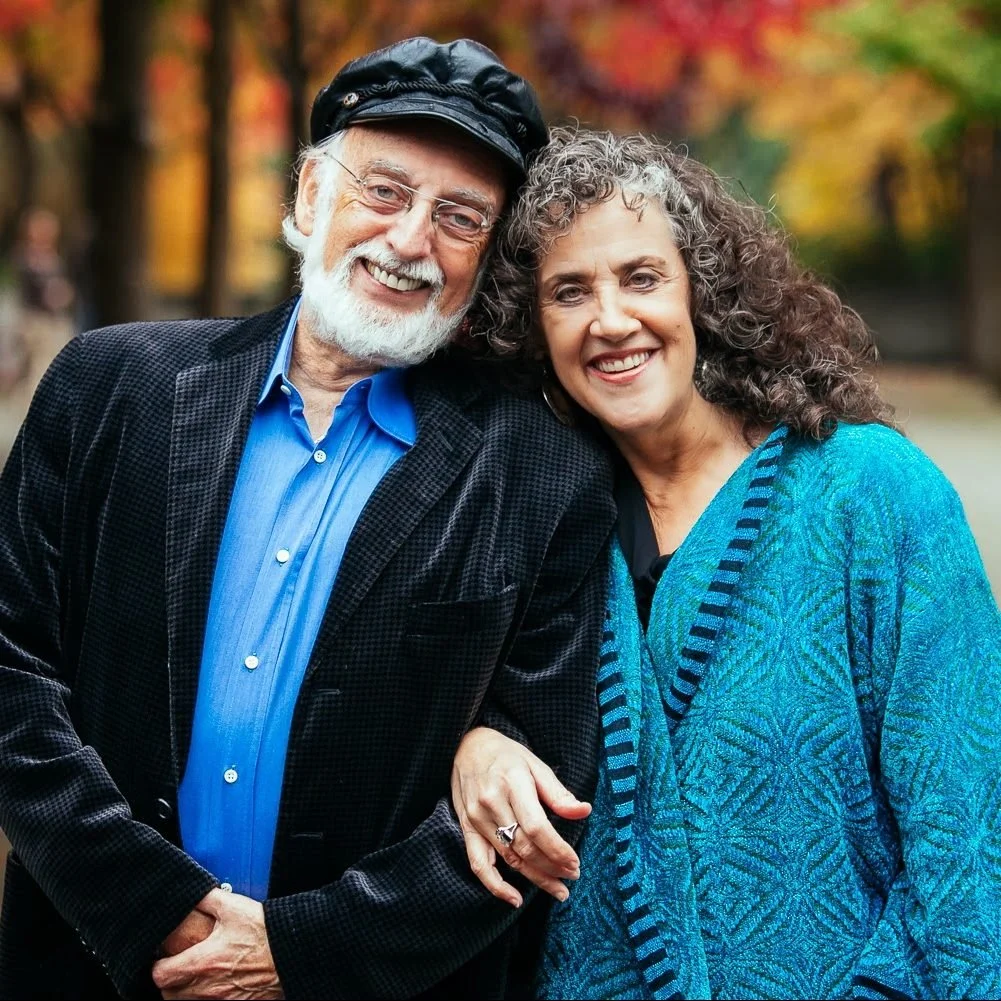
Relationship Conflict - The Art of Repair
Why Repairing After an Argument Is the Secret to a Stronger Relationship
I feel we can all relate, a heated argument with a partner over something trivial, like forgotten chores or something deeper like unmet needs. What separates thriving relationships from struggling ones isn’t the absence of conflict, it’s how couples ‘repair’ after the storm. Drawing from decades of research by relationship experts Drs. John and Julie Gottman and insights into childhood wounds by John Bradshaw, let’s explore why repair is so vital and how our past shapes our present conflicts.
The Gottmans’ Golden Rule: “All Couples Argue. Successful Couples Repair”
According to the Gottman’s, even happy couples have ugly fights. The difference? They use ‘repair attempts’. Simple gestures or words that halt negativity and enable us to reconnect these can be as small as a goofy grin, a heartfelt “I’m sorry,” or saying, “Let’s start over”.
For example, imagine a couple arguing about missed dinner plans. One partner, overwhelmed, snaps, “You never prioritize us!” A repair attempt might be the other saying, “I feel terrible, I didn’t realize how much this mattered to you. Can we talk about it?” This shifts the conversation from blame to understanding .
The Gottman’s emphasize that repair works best when couples have a strong “friendship foundation”. This is built through daily acts of kindness, appreciation and emotional connection. Think of it like a savings account: the more deposits you make, the easier it is to weather conflicts .
The Hidden Force: How Inner Child Wounds Shape Our Conflicts
Here’s where John Bradshaw’s work on the ‘wounded inner child’ comes in. Many of our reactions in relationships aren’t just about the present, they’re echoes of unmet childhood needs. If you grew up feeling unheard, you might shut down during arguments. If you felt abandoned, a partner’s busy schedule could trigger panic .
Take Sarah, who grew up with critical parents. When her partner mentions a messy kitchen, she hears, “You’re failing,” and lashes out. Her anger isn’t about the dishes, it’s her inner child screaming, “I’m not good enough!” Without addressing this, repair attempts fall flat because the real issue isn’t the argument, it’s the old wound beneath it .
Combining Repair and Healing: A Path Forward
So, how do we blend the Gottmans’ repair strategies with Bradshaw’s insights?
1. Name the Emotion, Not the Blame
Instead of “You’re always late!”, try, “I feel anxious when plans change last-minute. It reminds me of times I felt unimportant.” This links the present reaction to past hurts, fostering empathy .
2. Use the “Aftermath of a Fight” Exercise
The Gottmans’ 5-step process helps couples unpack fights:
Share feelings (“I felt hurt”).
Acknowledge perspectives (“I see why you felt ignored”).
Identify triggers (“This reminded me of when my parents dismissed me”).
Take responsibility (“I shouldn’t have raised my voice”).
Plan for next time (“Let’s text if we’re running late”).
Reparent Your Inner Child
Bradshaw’s work urges us to comfort the wounded parts of ourselves. If criticism triggers you ask: ‘What does my inner child need to hear right now?’ Maybe it’s, “You’re safe. You’re loved.” By healing these wounds, we react less from fear and more from love .
Real-Life Repair in Action
Picture Alex and Jamie, who fought over Alex working late. Jamie felt neglected (triggering childhood loneliness) while Alex felt unappreciated (echoing a parent’s high expectations). Using repair, they shared their feelings without blame. Jamie said, “I miss our time together—it reminds me of feeling alone as a kid.” Alex replied, “I’m sorry. Let’s plan a weekly date night.” By addressing the ‘why’ behind their reactions, they turned conflict into connection .
Final Thoughts
Repair isn’t about perfection—it’s about effort. As the Gottman’s say, even clumsy repair attempts can work if the relationship is rooted in friendship. By understanding our inner child’s needs (thanks to Bradshaw), we can approach conflicts with compassion, not just for our partner but for ourselves.
Next time you argue, ask: “Is this about now, or is it an old wound?” Then, reach for repair. A simple “I messed up” or “Let’s try again” might just be the bridge your relationship needs.
Further Resources:
John Bradshaw’s “Homecoming” Reclaiming and Healing Your Inner Child
Making Marriage Work - Dr. John Gottman
This blog is my personal reflections upon my training and in no way should be used as a guide to ‘healing”
Always consult a with a healthcare professional for personalized guidance.

Downloads


